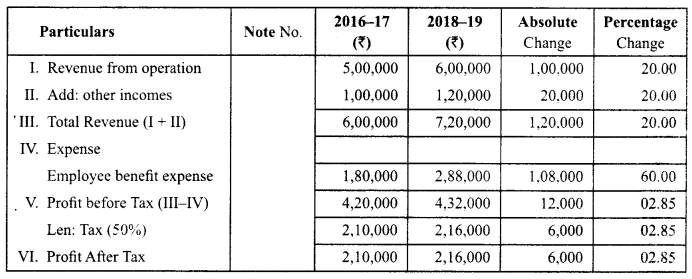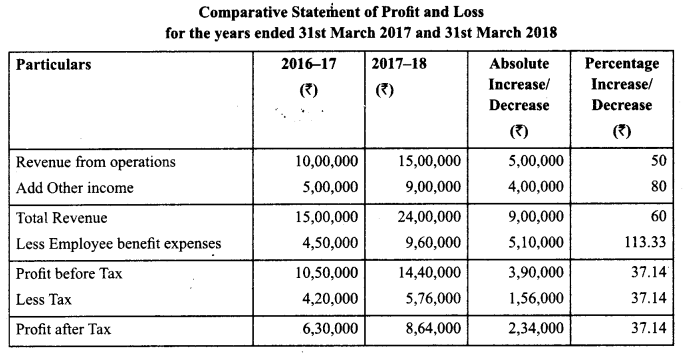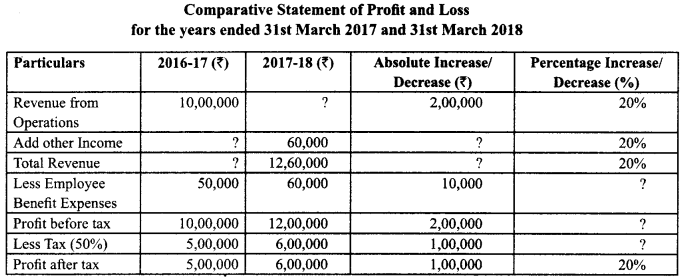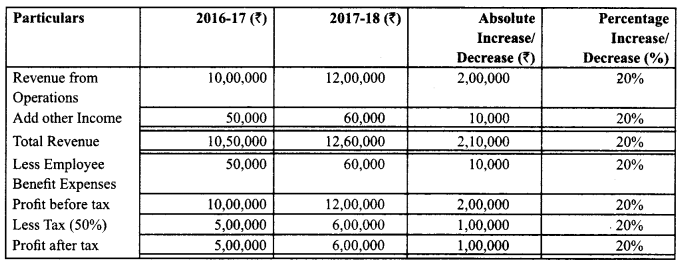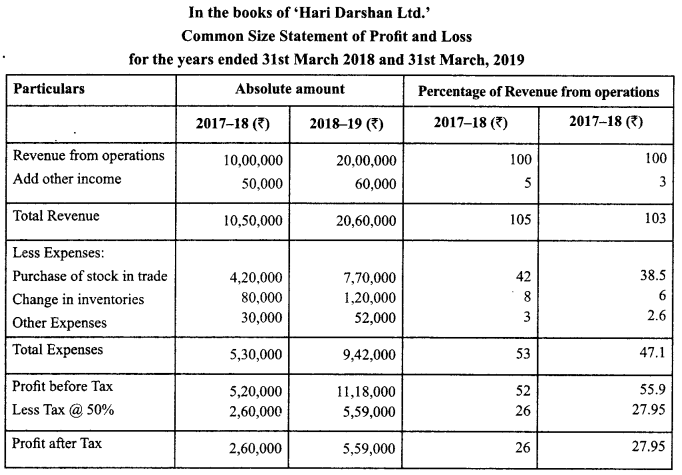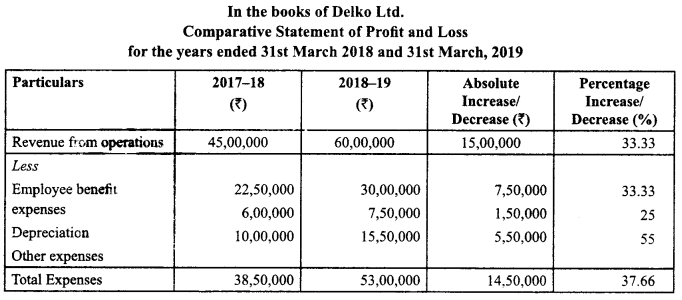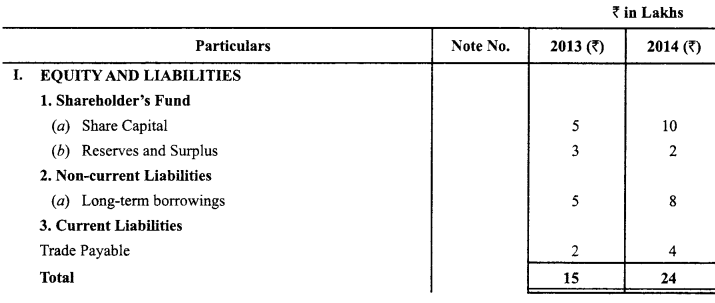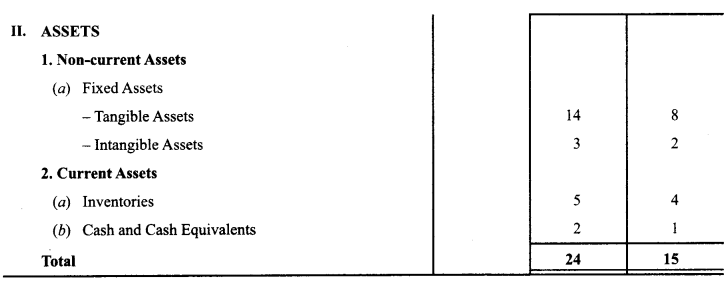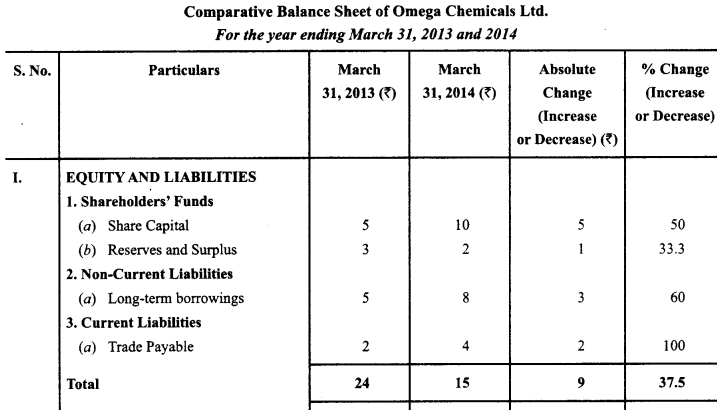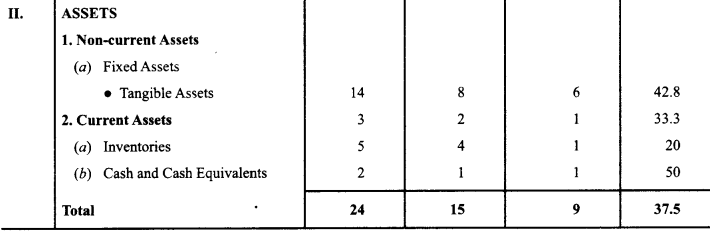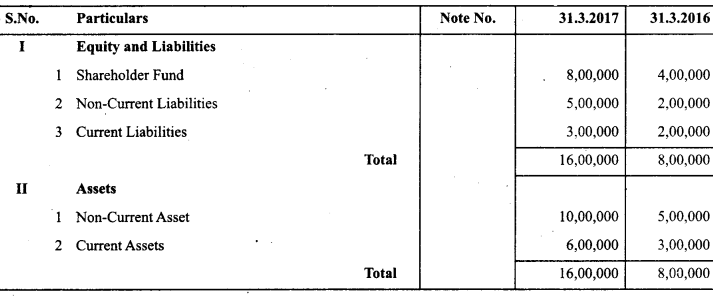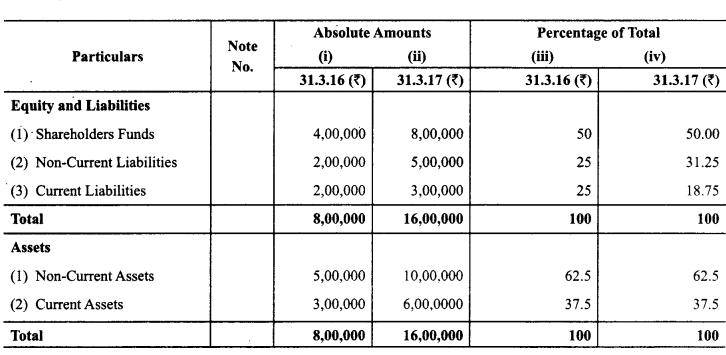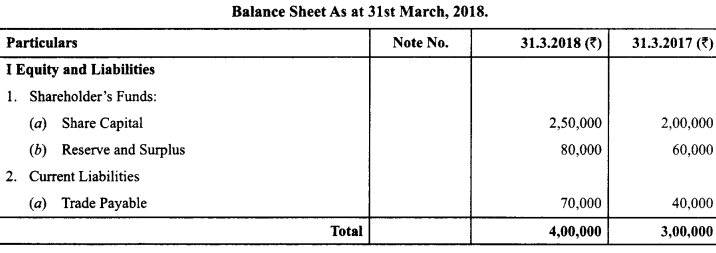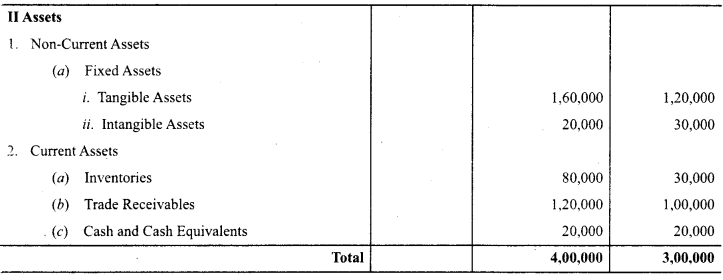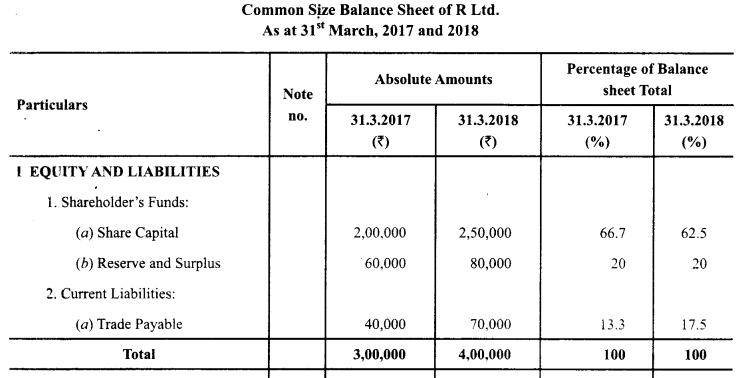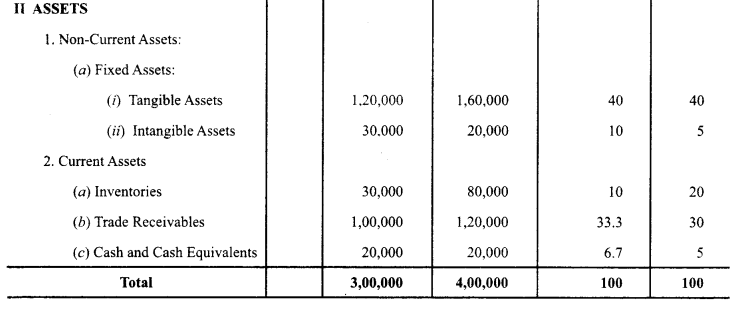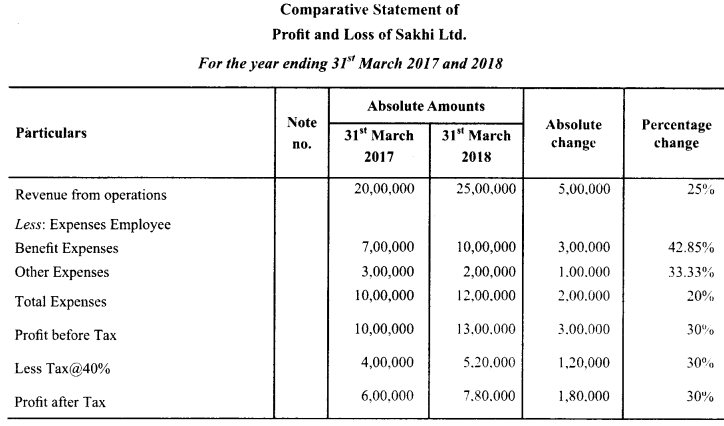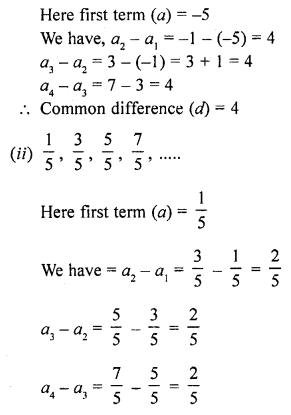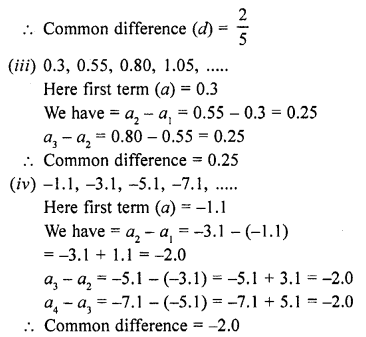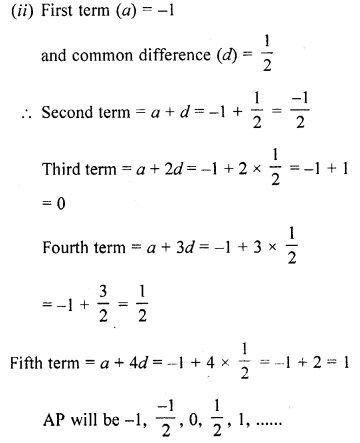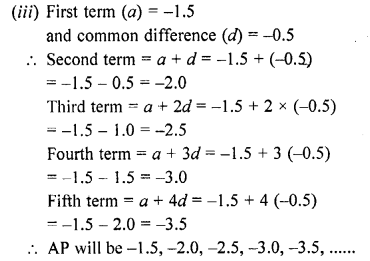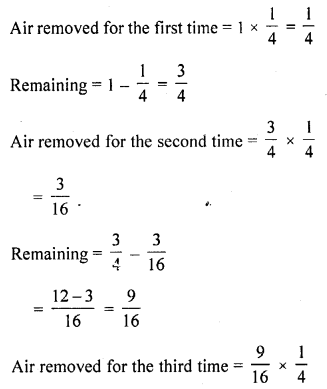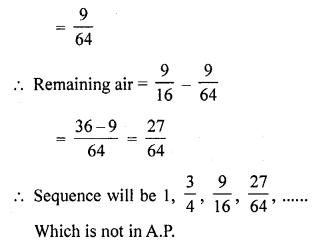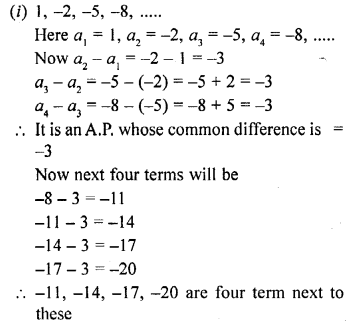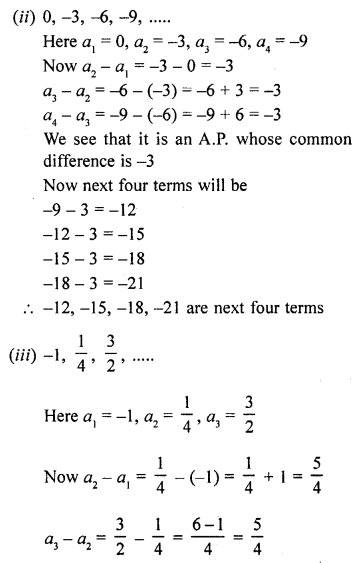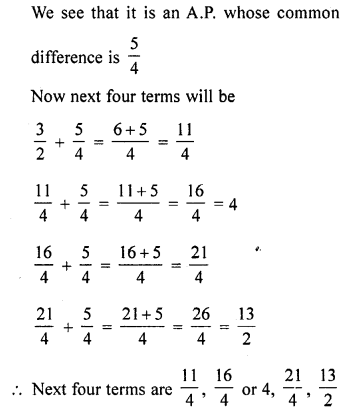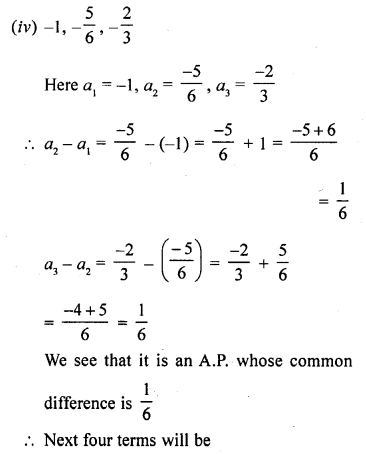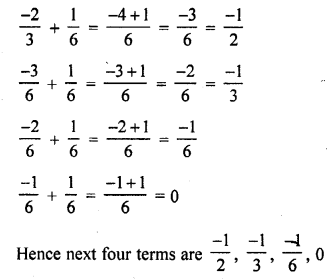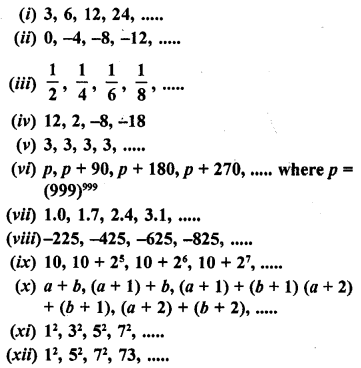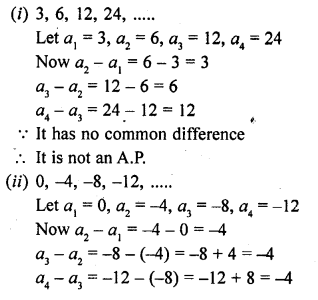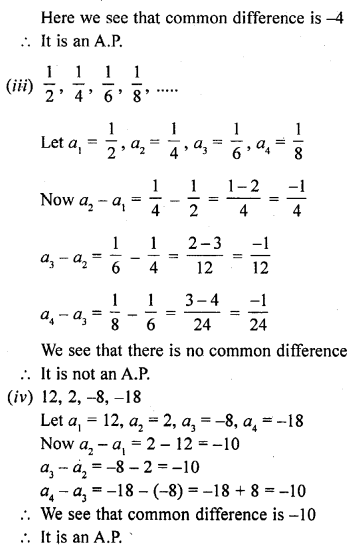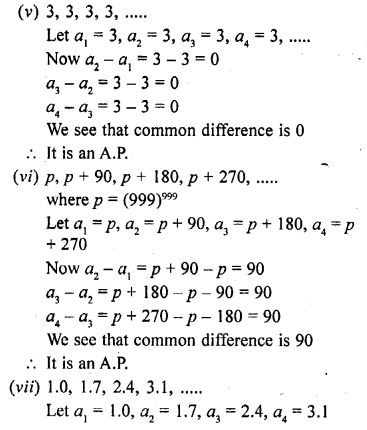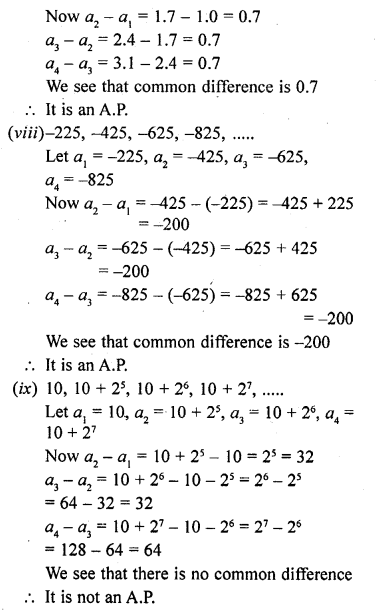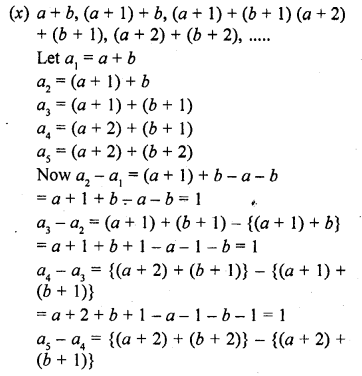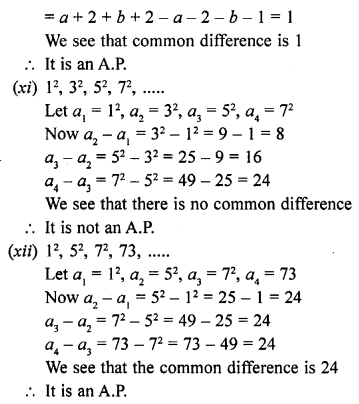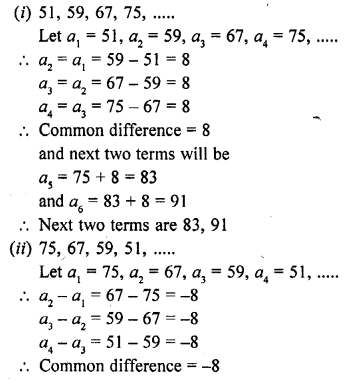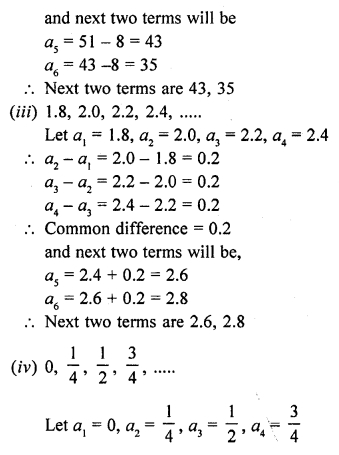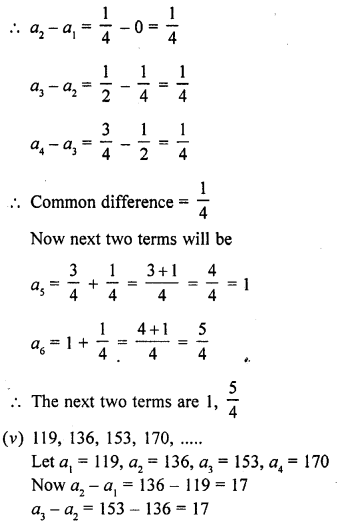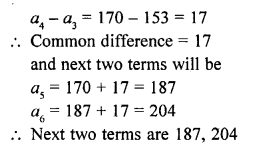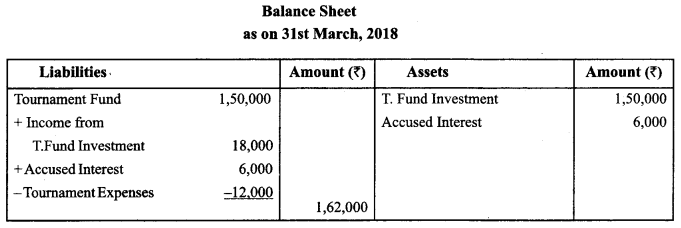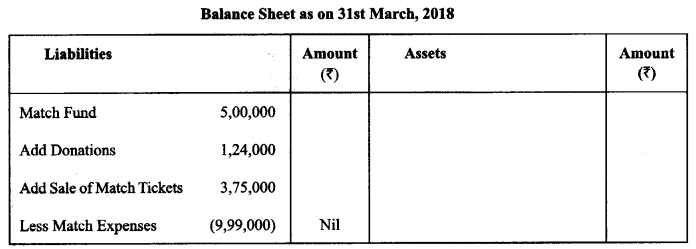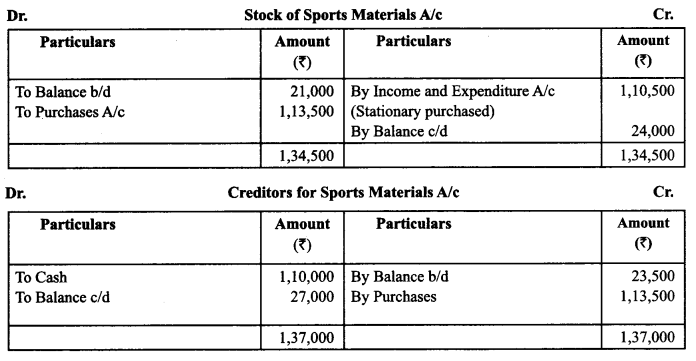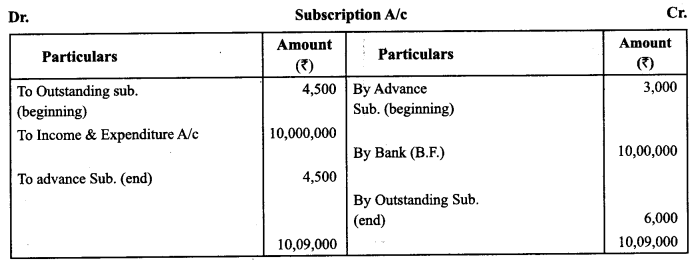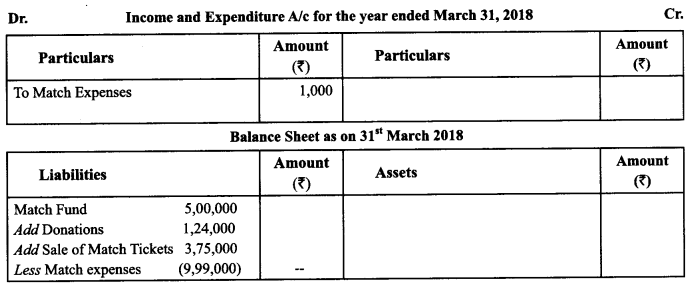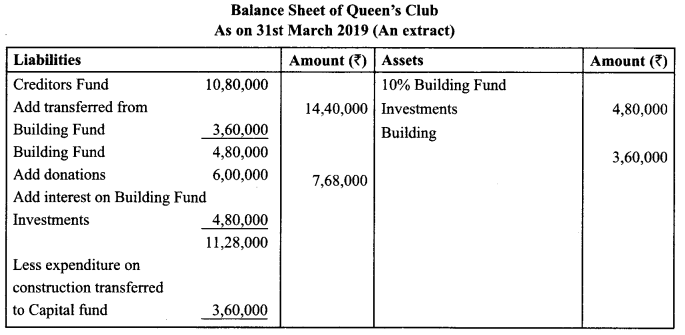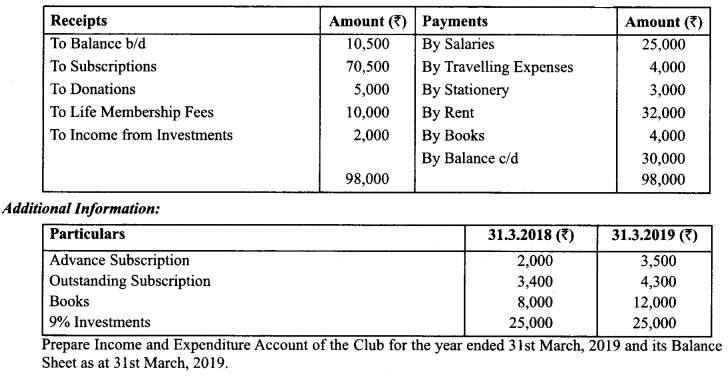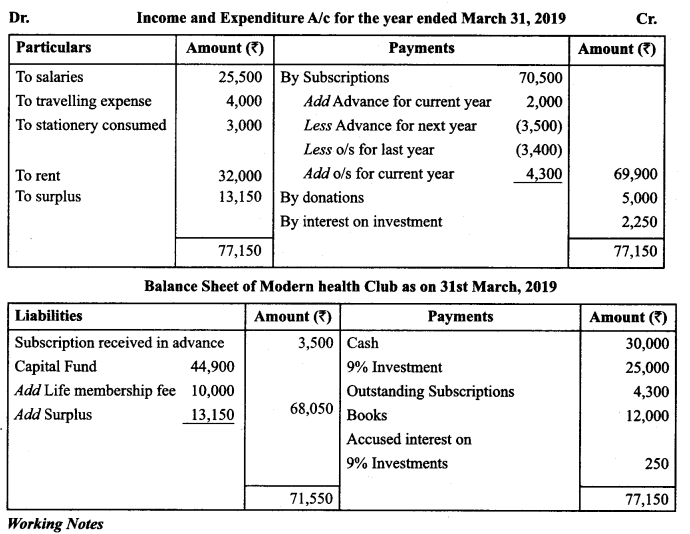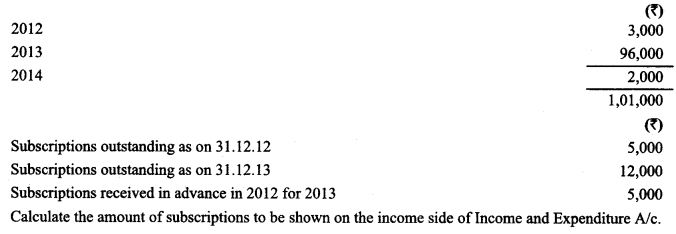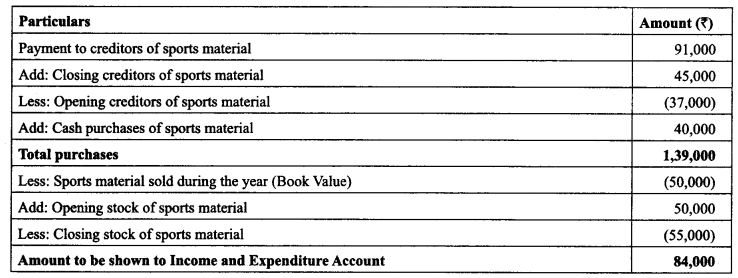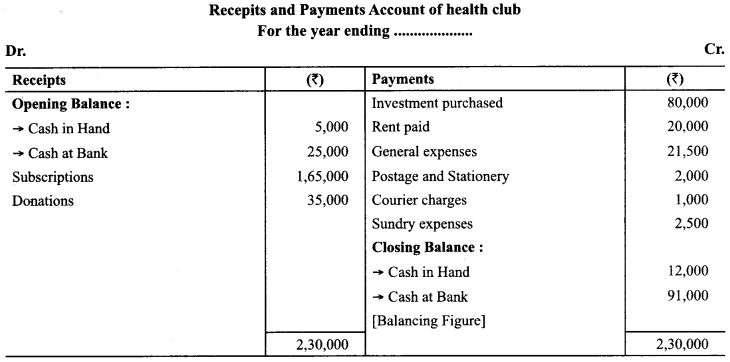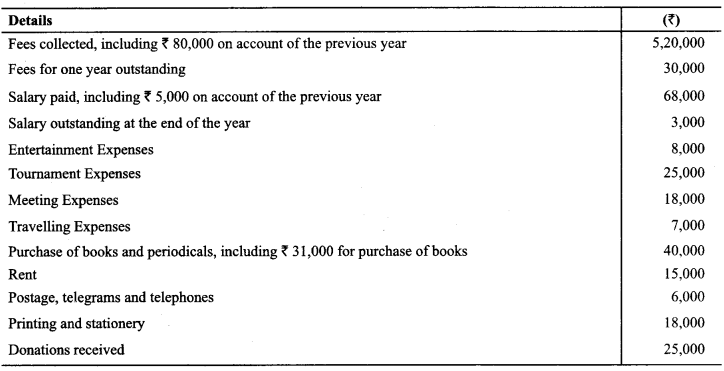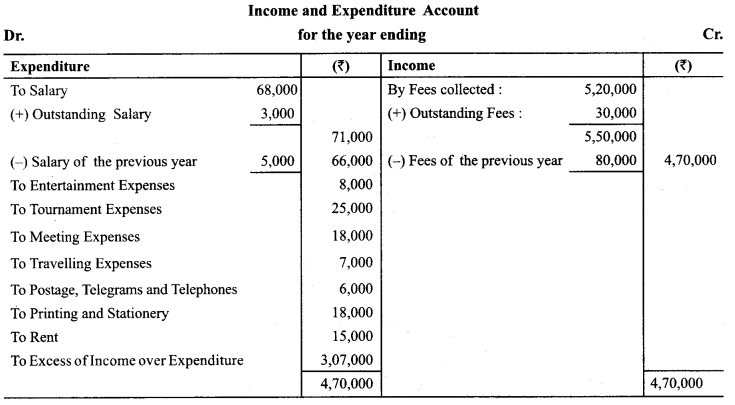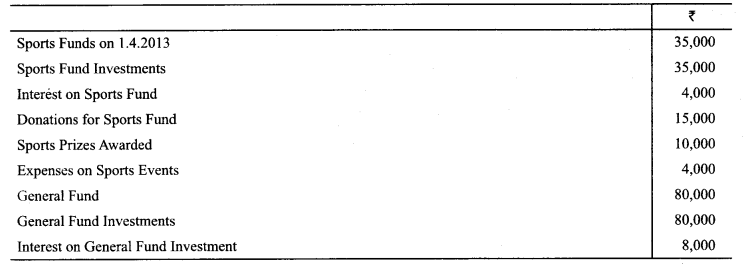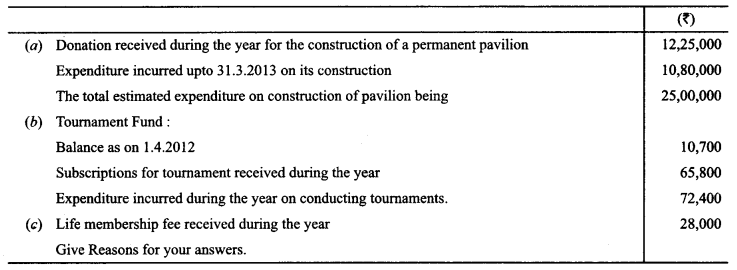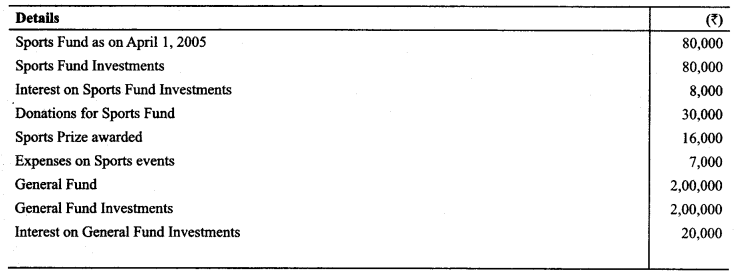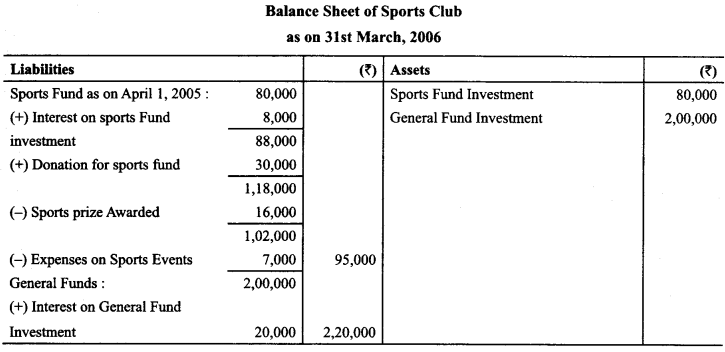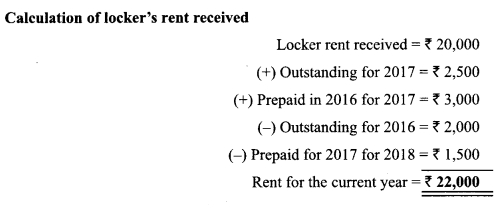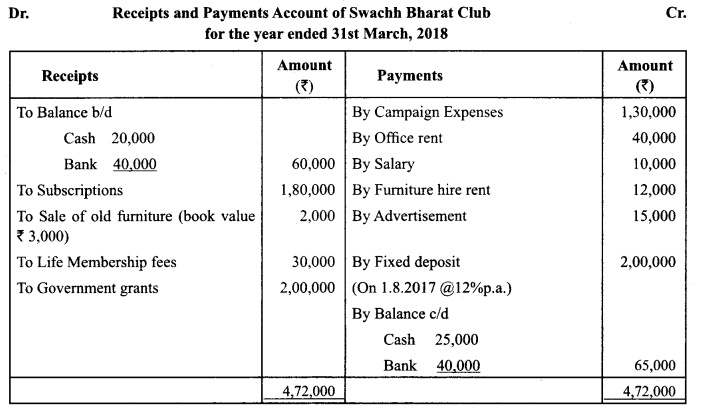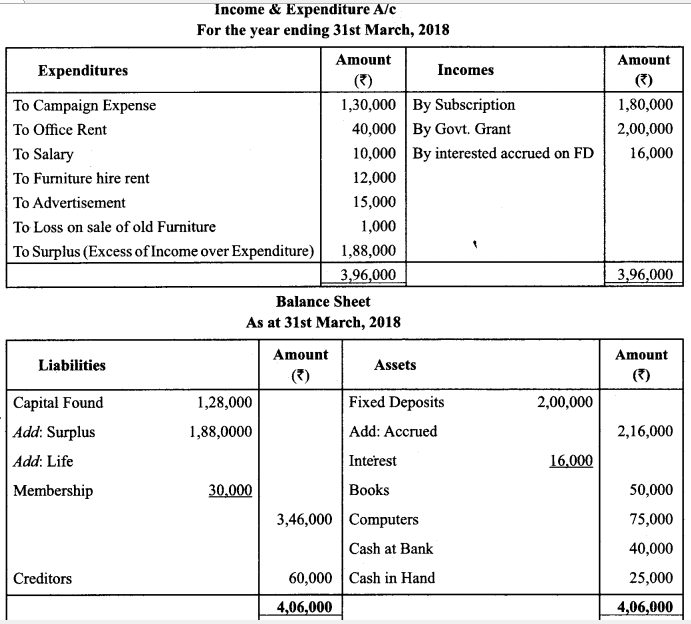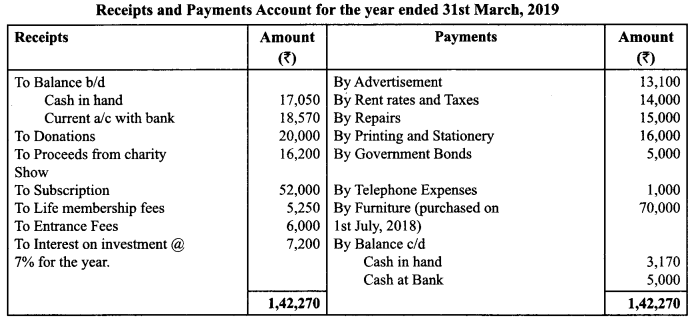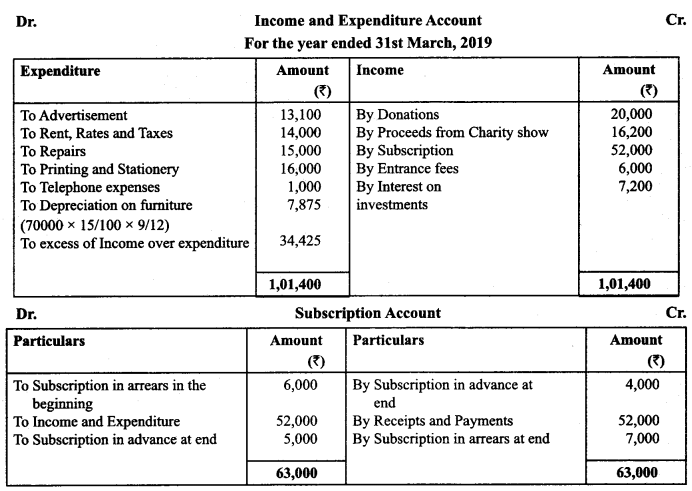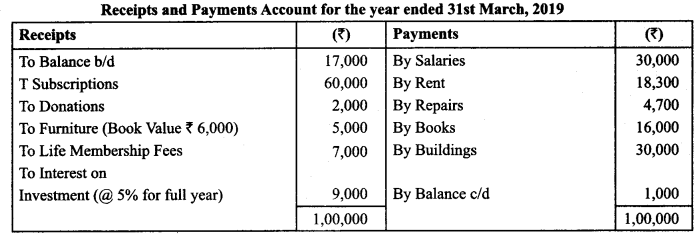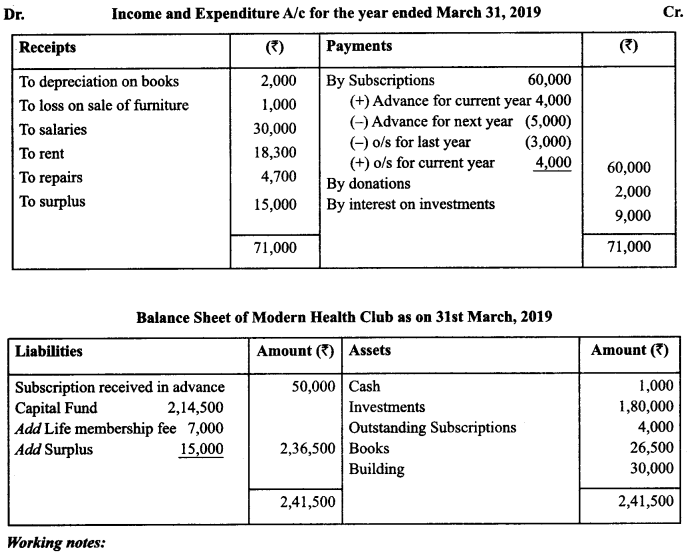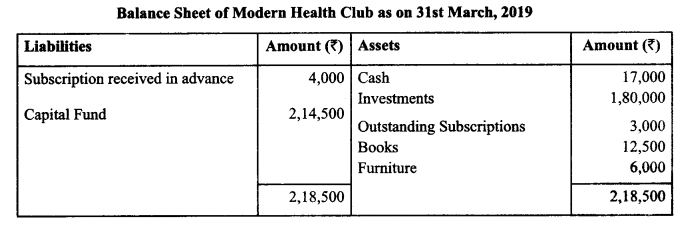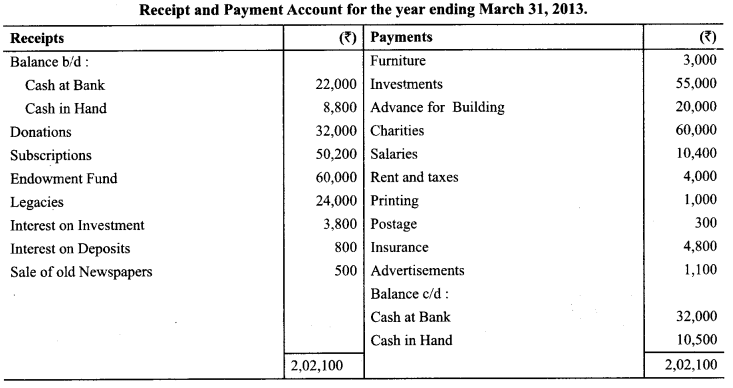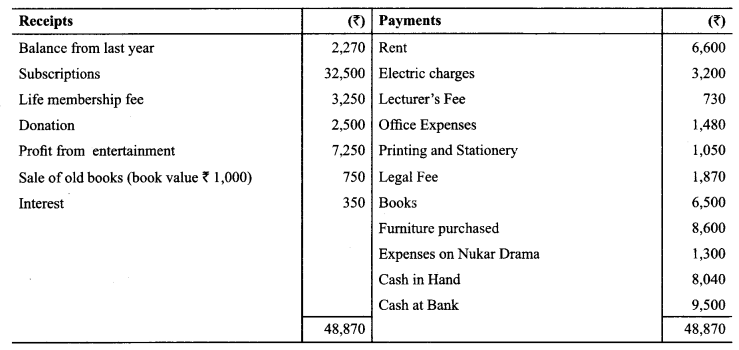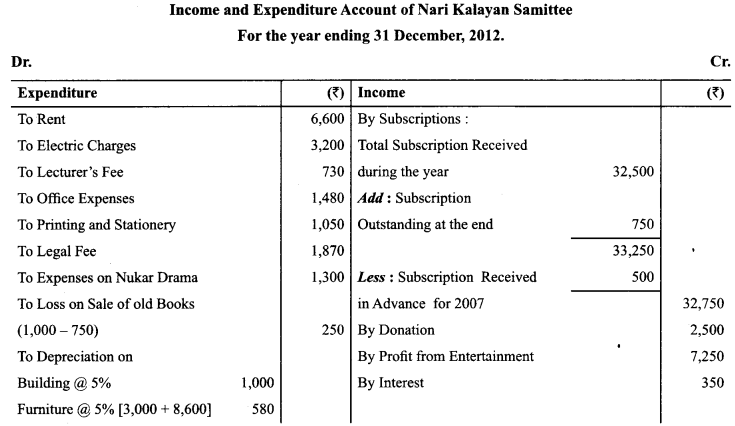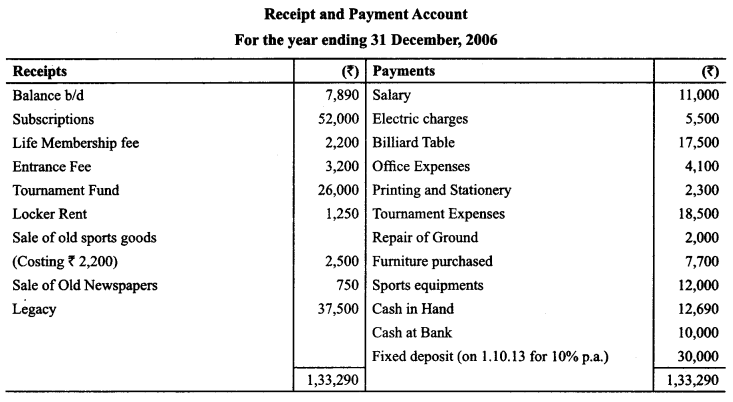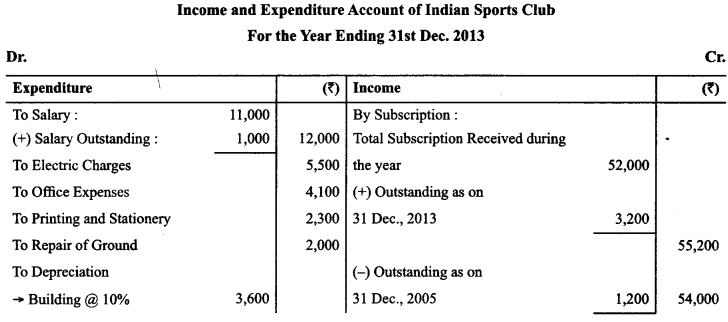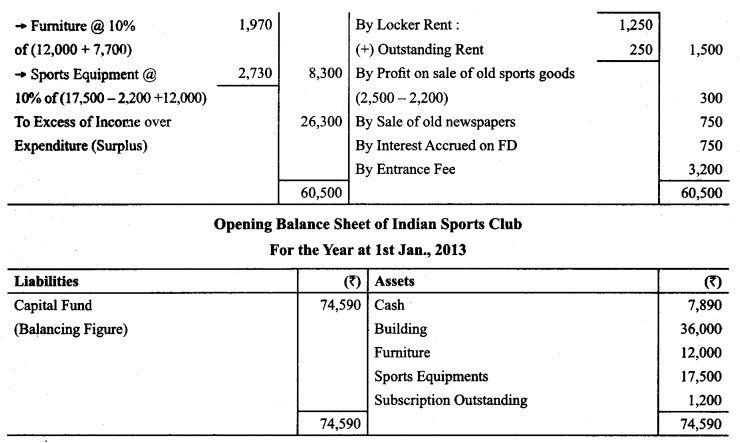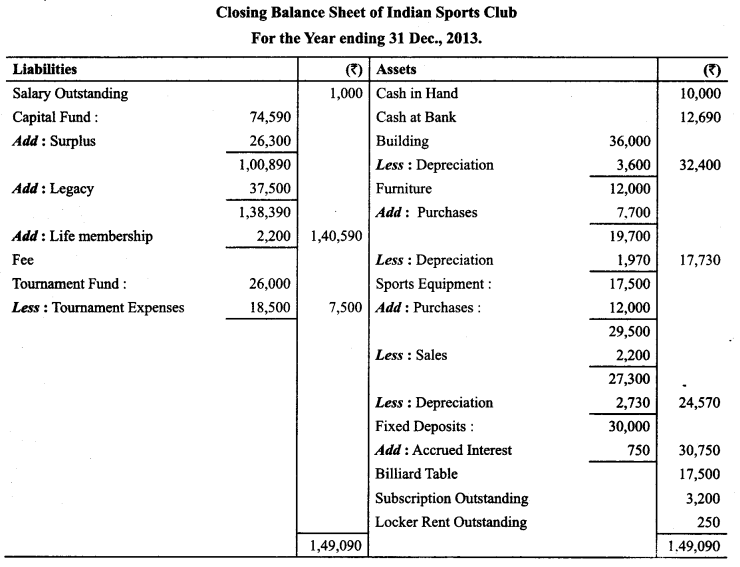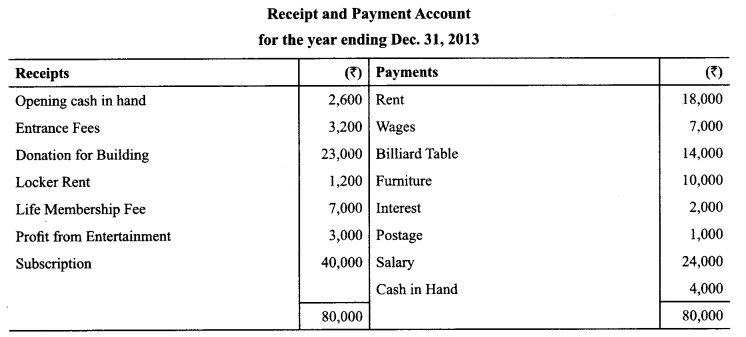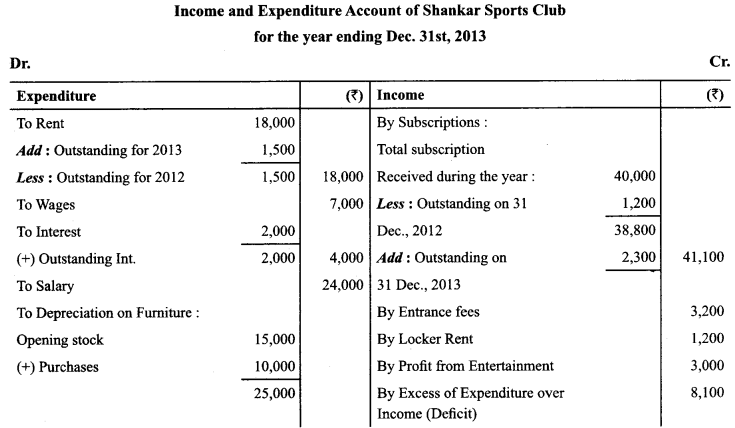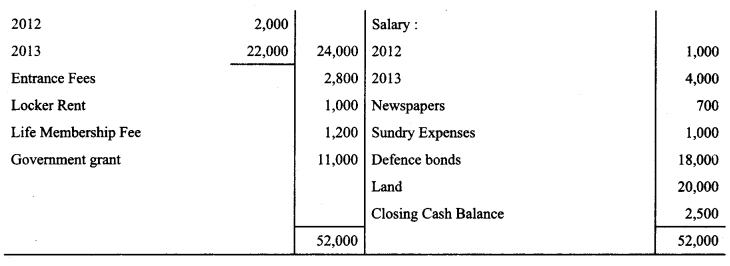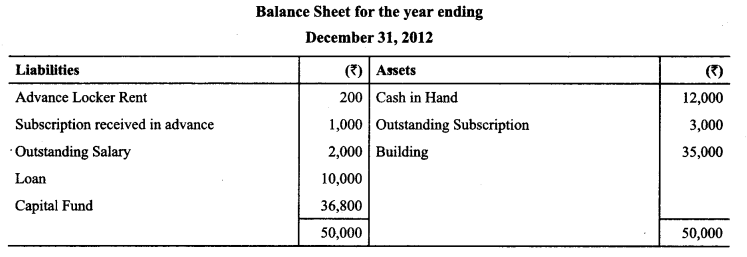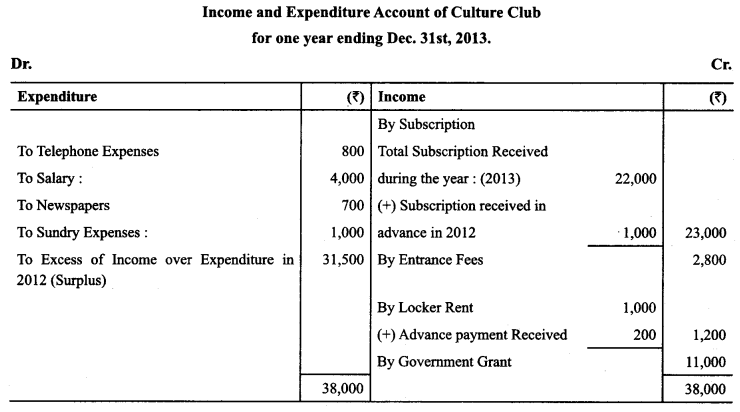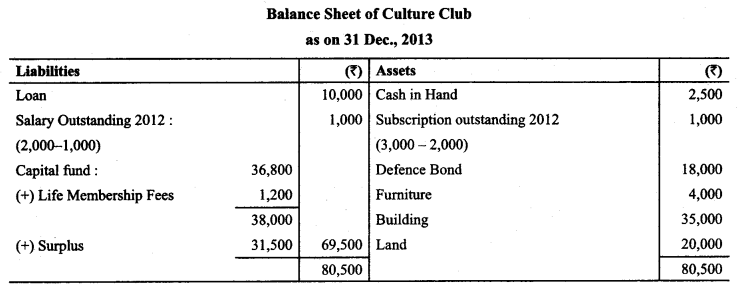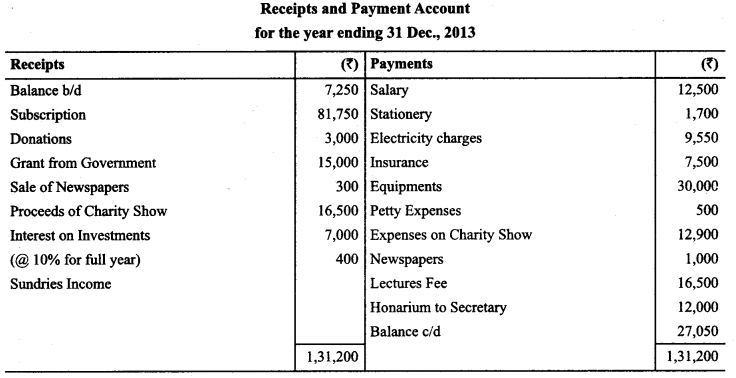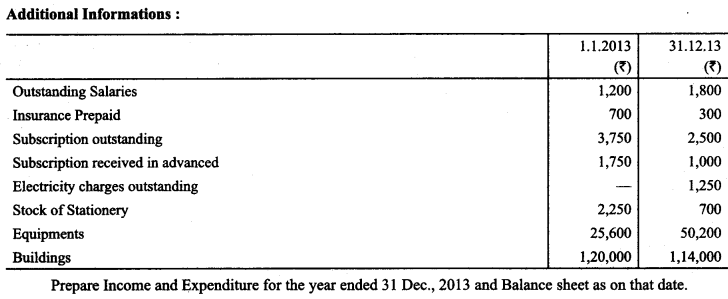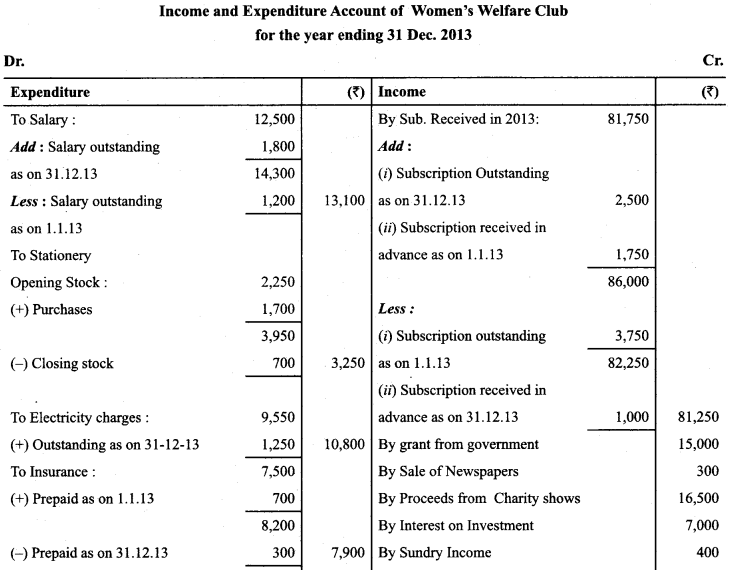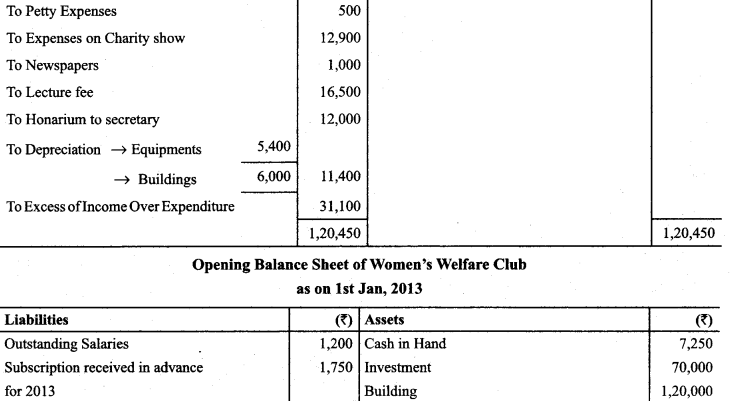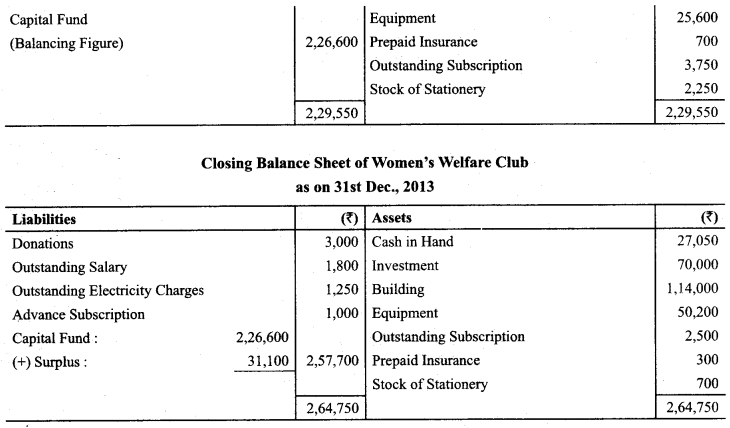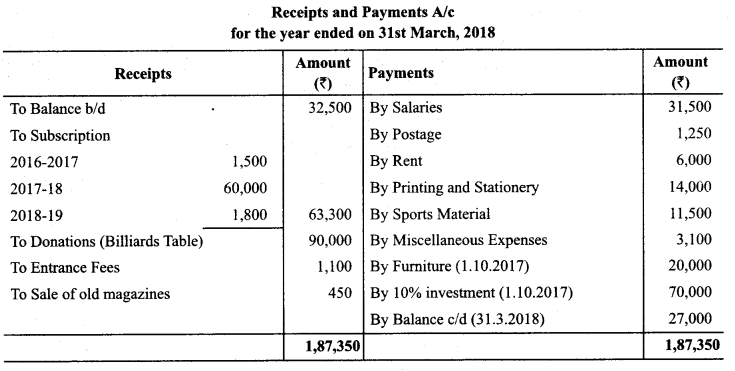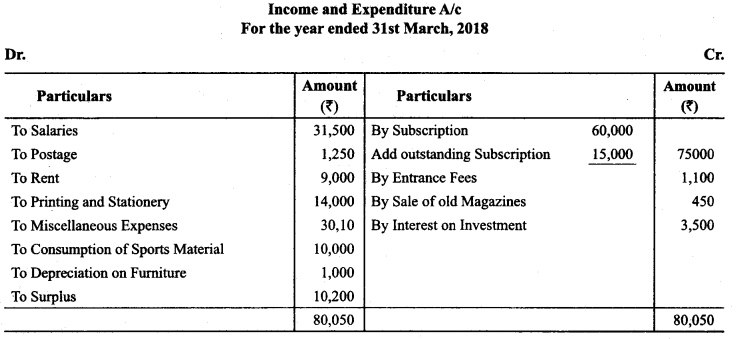Here we are providing Class 11 Political Science Important Extra Questions and Answers Chapter 2 Freedom. Political Science Class 11 Important Questions with Answers are the best resource for students which helps in class 11 board exams.
Class 11 Political Science Chapter 2 Important Extra Questions Freedom
Freedom Important Extra Questions Very Short Answer Type
Question 1.
What do you mean by the concept of ‘Freedom’?
Answer:
’Freedom’ seeks to free man from external control or coercion and to enable man to take independent decisions and to act is his or her own way. Freedom in a political sense is free from subjugation. In an economic sense, freedom means to express and work in the desired area to earn a livelihood, in ethical sense freedom means to make one free from the control of others. It is also the ability of people to freely express themselves and to develop their potential.
Question 2.
What is the need for Freedom?
Answer:
Freedom of every type i.e. social, economic, ethical and political and religious is very much necessary for the all-round development of the people. It is through freedom, man expresses his or her creativity and potentiality. For moral and psychological development also, the situation of freedom in very much essential. Freedom empowers man and provides him with the ability to freely express himself and develop his potential. Without freedom no real development and welfare of the man are possible.
Question 3.
What is absolute freedom? Is it possible?
Answer:
Absolute freedom means right to do anything which a person likes to do without any kind of hindrance from any side. Unbridled behaviour is said to be the absolute freedom which is certainly not possible in a civil society where people live collective life with actual adjustment and understandings. Absolute freedom was possible only in a natural state.
Question 4.
Why the constraints are necessary for freedom?
Answer:
Constraints mean certain binding directions to (Jo this and not to do that. Some people think that such directions-and constraints destroy freedom but fact is different. In fact, the constraints and restrictions in the form of directions and regulations promote, safeguard and strengthen the conditions which make freedom. But the constraints should be reasonable i.e. based on good intentions, welfare, support and belief. That means the directions should be from a legitimate authority.
Question 5.
What is the negative aspect of liberty?
Answer:
A negative aspect of liberty contemplates such a situation where man is free to do what he or she likes to do without any hindrance. In-fact negative aspect of liberty means ‘absence of restraints’ which seeks that there should not be any control on the actions and behaviour of man from any side. Negative liberty seekers want uncontrolled behaviour and actions only in such a situation they find human development.
Question 6.
What is a positive aspect of liberty?
Answer:
The positive aspect of liberty seeks to build an environment (socio, economic and political) in which around development of man could be possible without any kind of hindrance from any side. Positive liberty allows reasonable restriction to strengthen and promote freedom and liberty. Positive liberty seeks to ensure the availability of the minimum needs of people and good behaviour for the moral and psychological development of human beings.
Question 7.
What do you mean by ‘reasonable restrictions’?
Answer:
In a civil society when the reasonable restrictions are imposed on the behaviour of the citizens the purpose remains positive i.e. the protection and promotion of the conditions of freedom of the citizens. Reasonable restrictions mean that restrictions should be just and for the benefits of the citizens. The reasonable restriction should be based a belief and not arbitrary. If restrictions are imposed, they should be reasonable and necessary and not arbitrary. For example, in India, the right of expression is subjected to reasonable restrictions.
Question 8.
What is political liberty?
Answer:
Political liberty means people should have the right to expression. They should have the right to having views. They should have the right to vote and right to be elected. They should have the right of forming associations. Political liberty also means that all people should have equal say in the matter of taking decision irrespective of their social and economic status.
Question 9.
What is freedom of expression?
Answer:
Freedom of expression is a fundamental value which people and society should listen and accommodate with the views of each person and should protect it from people who want to check it. Freedom of expression means that one should have the right to express himself the way he likes.
Question 10.
How can freedom of expression be justified?
Answer:
Freedom of expression is very necessary for human development. J.S. Mill gave passionate support to the right of expression including the right to have thought and freedom of discussions. J.S. Mill says that no idea is false. Every idea has some element of truth, therefore everyone should have ideas and right to express them. Freedom of expression not only promotes the development of man but also of the entire society.
Question 11.
What are the safeguards of liberty?
Answer:
Followings are some of the important situations which are considered as safeguards of liberty:
- Written Constitution.
- Democratic Government.
- Decentralisation of powers.
- Political awakening.
- Independent and powerful judiciary.
- Independent press.
- Literacy.
- Economic equality.
- Strong opposition.
Question 12.
What is ‘Swaraj’?
Answer:
‘Swaraj’ is an identical concept of freedom. Swaraj is also an essential condition for human development. Swaraj stands for self-rule and self-discipline. Swaraj has more political touch as it was a popular slogan in the wake of a national movement for independence. It was political demand but it has social and ethical value also.
Question 13.
What is Liberalism?
Answer:
Liberalism stands for openness, rational and scientific thinking and discussion. Liberalism also means freedom of expression and split of tolerance for collective life. Liberalism opposes conservatism and dogmatism. Modern liberalism stands for all-round development of the individual. In an economic sense, liberalism stands for the free market and minimum role of the state in the affairs of man.
Question 14.
What is the Harm Principle?
Answer:
Explaining two types of actions that are self regarding actions and other-regarding actions J.S. Mill says that state or such other agency has no right to interfere in the affairs of man as long as man’s actions are concerned with him only and do not harm or affect others but when man’s actions and decisions affect others or harm others then the actions and behaviour of man has to be controlled by an external agency. Therefore J.S. Mill considered harm factor as the sole criteria for the interference, in the affairs of man. This is called in political theory as the Harm Principle.
Question 15.
Name the three personalities, countries which fought for their national freedom.
Answer:
- Nelson Mandela of South Africa who fought against racialism of South African White Government.
- Aung San Suu Kyi of Myanmar who fought for freedom against – Military Government of her country.
- Taslima Nasreen of Bangladesh who fought for freedom against Muslim Fundamentalism.
Freedom Important Extra Questions Short Answer Type
Question 1.
Give the detailed meaning of the concept of Freedom.
Answer:
Freedom is a condition of life for man or society or a nation which is passionately sought by the people and are willing to sacrifice and die. History is the record of the struggle for freedom by man and the society or the nation. There has been exploitation of weak man by powerful man, of a weak nation by powerful nation. Freedom represents ‘ the desire of man to live his life in his own way and to have the opportunity to express themselves freely through their choices and activities. Not only man but societies and nations aspire to be independent and wish to x protect their culture and future. Nelson Mandela of South Africa fought against racialism practised by the White South African Government. Gandhiji called British rule as Satani rule and he fought against it for Swarajya with the weapons of Satyagrah and Non-violence.
Question 2.
What is the importance of Freedom for individuals and societies?
Answer:
Freedom is one of the most essential conditions for human development without freedom man is without existence. Freedom to express his views’ and freedom to have a choice of views and actions make Man strong and confident. Freedom is a dynamic concept which helps in the development of all the facilities of the human mind which improves the quality of life. Freedom makes man responsible and Parhapative in the affairs of the state and society.
Question 3.
Explain the negative and positive aspect of Freedom.
Answer:
Negative freedom is said to exist where there is no external control and constraints on individual life. In this view, a person is considered to be enjoying freedom only if he or she is not subject to any external controls or coercion and is in position to make independent decisions and act in an autonomous way i.e. independently. Therefore negative freedom means an absence of constraints.
Freedom has a positive aspect also which is possible in the presence of some constraints and restrictions but these constraints and restrictions should be reasonable and just. The positive aspect of freedom seeks to achieve a socio-economic and political environment in which around development is possible without any unreasonable hindrances.
Question 4.
What do you mean self-regarding and other-regarding actions?
Answer:
J.S. Mill has divided the actions of man into two groups which are as under:
- Self-regarding actions.
- Other regarding actions.
1. Self-regarding actions: Self-regard ing actions are those actions of man which are concerned with that man only and do not interfere in other matters.
2. Other regarding actions: Other regarding actions of man are those actions which interfere in other matters.
Question 5.
What do you mean by ‘ Apartheid’? Who fought against it?
Answer:
‘Apartheid’ means racial discrimination. It is referred in the case of South Africa where it was practised by discriminating against black local Africans. They were segregated like untouchables and were denied basic amenities and social, economic and political rights. Not only this, the black people of South Africa were subjected to brutal humiliations, hardships and police atrocities.
Nelson Mandela and his colleagues waged a war against apartheid based policies of the Government. They also suffered a lot. Nelson Mandela spent 27 years of his youth period in jail in which he wrote his famous book ‘Long Walk to Freedom’. Ultimately he got success in dislodging the white oppressive government.
Question 6.
What do you mean by national freedom?
Answer:
National freedom is as important and necessary as individual freedom. As individual development is possible with the availability of freedom, similarly no national development is possible without national freedom. It is proved in history. In fact, individual development and national development go together and are complementary to each other.
National freedom is taken in an emotional and spiritual sense. People sacrifice their lives for the sake of national freedom. History is a record of such struggles which the Nationalists fought for the sake of national. freedom and national honour.
Question 7.
Define Gandhinian Concept of Swaraj.
Answer:
Swaraj is also a concept which is one “way or the other is related to the concept of freedom. Swaraj means self-rule or you can say right to self-rule as was conceived by Bal Gangadhar Tilak.
Gandhiji understood the concept of Swaraj in a broader sense. He explained swaraj as rule or control over self. Therefore it was related with the self-discipline by Gandhiji. In his famous book ‘HincTSwaraj’ he says that ‘It is Swaraj when we learn to rule ourselves. Swaraj is not just freedom but liberation in redeeming one’s self-respect, self-responsibility and capacities for self-realisation from institutions of dehumanisation.’ Therefore he linked Swaraj with self-discipline, responsibility and self-realisation. The essence of Swaraj is the understanding of ‘ Self’ and its relation to communities and society.
Question 8.
Is the total absence of constraints or restrictions possible for Freedom?
Answer:
The negative aspect of freedom and liberty demands total absence of restrictions and constraints for the realisation of the true meaning of freedom. But it is not possible in a collective society where people are living in interdependence. The total absence of restrictions is possible only in the natural state where people used to live in isolation. In collective society to ensure each other’s freedom, some reasonable restrictions in the form of adjustments and regulation are a must. These restrictions ensure and protect freedom.
Question 9.
What do you mean by constraints? What are their sources?
Answer:
Constraints are the restrictions, rules, regulations, dictates and modes of behaviour which are given to the people of the society or the nation to control their behaviour so that they do not interfere in other’s freedom. Restrictions on the freedom of individuals may come from different sources. Such restrictions are imposed by force by the legitimate authorities like governmental organisations, social organisations or any such legitimate authority. There have been different sources of constraints at different point of time. Form of constraint represented by different kinds of authorities. In the colonial period, colonial powers and rulers issued constraints over the subjects. In a democratic environment, the kinds of constraints are different. Democratic government is considered to be an important means of protecting the freedom of people.
Question 10.
What is the need for constraints?
Answer:
We can live in a world where there is absolute freedom i.e. freedom without constraints. In a collective society, some constraints or restrictions become a must to ensure the enjoyment of freedom to all individuals. Unbridled freedom will lead to freedom for none because it would lead to chaos. In a group life, there may be differences of opinion or they may have different ambitions. They may compete to control scare resources. In such a society, to control the behaviour of the individuals the issuance of constraints and reasonable restrictions are necessary.
Question 11.
Explain the main elements or essentials of reasonable restrictions.
Answer:
When we say that absolute freedom is not possible in a collective society where people live in interdependence. It means that in such situations some constraints and restrictions are necessary to control the behaviour of the people which is based on different attitudes, conflicting interests and competitive urge to acquire the limited resources. But at the same time, it is to be seen these restrictions and constraints are not irrational and arbitrary. They must be backed by legitimate authorities. The negative and illegitimate restrictions will destroy the freedom itself. The legitimate restrictions are those whose intention is positive and issued by right source and people have faith and accept those restrictions.
Question 12.
Define liberalism.
Answer:
Liberalism is an idea or approach. It is a way of looking at things. As a political ideology, liberalism has been identified with tolerance as a value. Its emphasis is on individual development. It gives priority and preference to the individual in comparison to society. It allows the individual to express his opinion freely. In an economic sense, it favoured a free market and limited role to the state in the affairs of man. It seeks to establish a police state with only police functions. However, the modem liberal accepts the role of the state for the welfare of man.
Question 13.
Explain reasonable restriction with reference to Indian Constitution.
Answer:
It is accepted the fact that for the realisation of true freedom in a society, issuance of restrictions and constraints is a must. These restrictions should be reasonable i.e. they should have three merits:-
- They should be issued by legitimate authorities.
- They should have good and positive intentions.
- The individual should show their faith in such authorities.
Indian Constitution has provided Fundamental Right in ‘Freedom of Expression as an important right but it is not absolute and is subjected to reasonable restrictions which are given in the Constitution. A person will get the freedom of expression subjected to morality, law and order, communal harmony and indecency. Therefore, individual should keep these restrictions in mind while enjoying freedom.
Question 14.
Explain the significance of the positive aspect of liberty.
Answer:
The negative aspect of liberty also intends the absence of restraints which means that there should not be any kind of binding, restrictions on the individual. Positive aspect allows some reasonable coercions and restrictions if there is proper socio, economic and political environment for the advancement of the personality development of the individuals. Significance of the positive aspect of liberty lies in the fact that it imposes reasonable restrictions and coercion on the behaviour and actions of the people and at the same time it ensures the abound development of the people.
Question 15.
Explain the meaning and significance of freedom of expression.
Answer:
Right of expression means freedom to express one’s views and ideas the way he or she likes. It may be through writing, photography, painting, speaking or through any artistic creation. Most of the democratic thinkers have supported the freedom of expression without any unreasonable and unjustified restrictions because they considered it very essential for the all-round development of the man. It is freedom. of expression which enables a man to have views and to convey to the society for its application. Many people have suffered to have their views and for their method of expression like Taslima Nasreen of Bangladesh, Aug Suki of Myanmar and Deepa Mehta of India who was denied their freedom of expression.
Question 16.
Explain the basis of J. S. Mill on which he has justified the freedom of expression.
Answer:
J.s. Mill a great British political thinker of the 19th century was an ardent supporter of freedom of expression as an essence of democracy. He justified the freedom of expression on the following grounds:
- He said that no idea is completely false, therefore every idea should find its expression.
- Truth does not emerge by itself, it emerges through a conflict of opposing view.
- The conflict of ideas is valuable.
- What we consider as true, is not necessarily be true.
Freedom Important Extra Questions Long Answer Type
Question 1.
Trace the development of the meaning of the concept of Freedom. How it has affected society?
Answer:
The history of mankind is full of domination of one man by another man of one society by another society and of one nation by another nation. However, history also records the struggle of man against such domination and for the attainment of freedom. The notion of freedom has been different at different point of historical times. Different socio-economic considerations have shaped the meaning of freedom. Sometimes it has been considered in its negative aspect and at other times a positive aspect of freedom developed in the hands of liberal political thinkers who kept the emphasis on the making of a conducive environment for the proper advancement and development of human personality. In today global, democratic environment positive aspect of freedom prevails which allows some reasonable restrictions and coercion also.
There is no place for the negative aspect of freedom in today’s world of collective life and interdependence. The prevailing concept of freedom i.e. positive aspect of freedom has made the development of individual possible and also the development of society. The broad meaning of freedom has made people responsible accountable and disciplined which has strengthened the society internally and externally. It has also developed nationalism. Thus the broad meaning of freedom has strengthened society.

